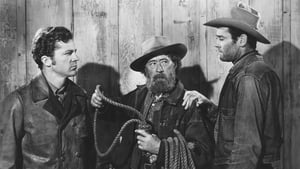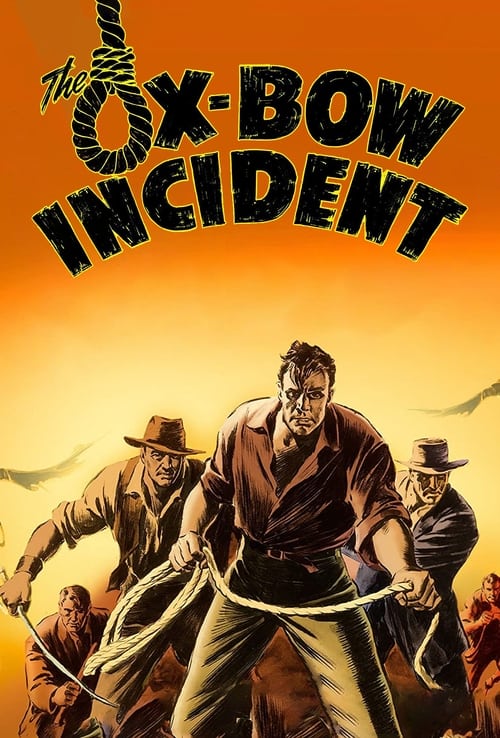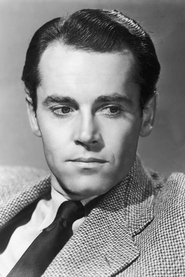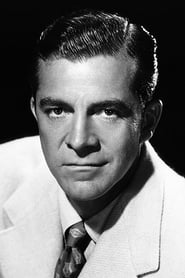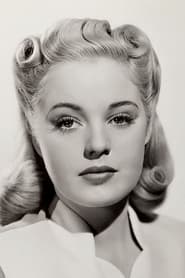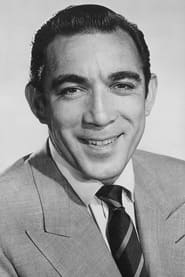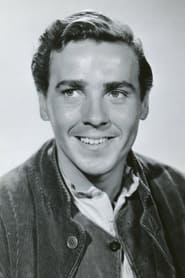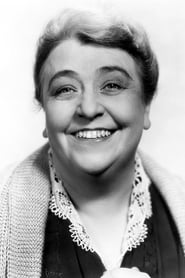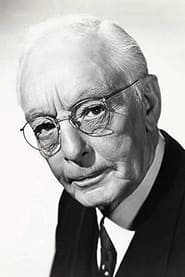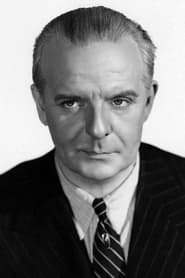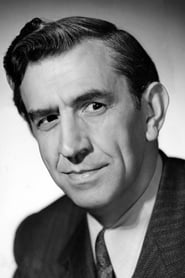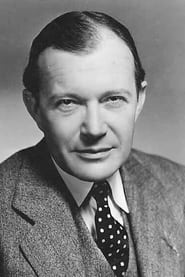Cast
View AllHenry Fonda
as Gil Carter
Dana Andrews
as Donald Martin
Mary Beth Hughes
as Rose Mapen/Rose Swanson
Anthony Quinn
as Juan Martínez/Francisco Morez
William Eythe
as Gerald Tetley
Harry Morgan
as Art Croft
Jane Darwell
as Ma Grier
Matt Briggs
as Judge Daniel Tyler
Harry Davenport
as Arthur Davies
Frank Conroy
as Maj. Tetley
Marc Lawrence
as Jeff Farnley
Paul Hurst
as Monty Smith
Victor Kilian
as Darby
Chris-Pin Martin
as Poncho
Willard Robertson
as Sheriff Risley
Crew
Director
- William A. Wellman
Producer
- Lamar Trotti
Reviews
John Chard
There can't be any such thing as civilisation unless people have a conscience.
The Ox-Bow Incident is directed by William A. Wellman and adapted to screenplay by Lomar Trotti from the novel of the same name written by Walter Van Tilburg Clark. It stars Henry Fonda, Henry Morgan, Dana Andrews, Mary Beth Hughes, Anthony Quinn, William Eythe and Jane Darwell. Music is scored by Cyril J. Mockridge and cinematography by Arthur C. Miller.
Gil Carter & Art Croft ride into the town of Bridger's Wells, they hit the local saloon to imbibe after a log hard cattle drive. Whilst there a man runs in and announces that a popular man from the town has been shot by rustlers. The sheriff is out of town and a lynch mob quickly forms to bring what they see as swift justice to the culprits, Gil & Art join the posse so as to make sure they themselves don't get blamed for the shooting. The posse finds three weary workers and convince the majority that these guys are guilty and that instant hanging is the only way to do things. There are, however, one or two dissenting voices......
What a fabulous movie this is, a powerful indictment of how the lynch mob mentality can grip and lead to pain for many. William Wellman directs superbly, with a big ensemble in such a small area (Ox-Bow), he manages to get the right blend of emotive reactions from the leading players. Henry Fonda as Gill Carter is perfectly sedate and compassionate, even though he is far from being a flawless character, Dana Andrews as Donald Martin is heart achingly real, while others like Frank Conroy as Major Tetley are suitably full of ignorant bluster. It's quite an experience to see Wellman pull them all together with so much style. The photography from Miller is excellent, shadowy low tone black and white that is in keeping with the downbeat nature of the film, it infuses the picture with a gritty hard bitten noirish look. While Mockridge scores it suitably as sombre.
Ultimately it's the story that triumphs the most, claustrophobic in nature, it is simple yet tragic as it spins out to tell us how a group of seemingly sane individuals turned out to be a mass of incoherent reasoning. When a letter is read out during the finale, it is devastating in its effect, we see men broken, heads bowed in shame, others heavy in heart, their lives never to be the same. The emotional whack is hard hitting, and rightly so. For this is unashamedly a message movie, and a worthy one at that, so much so its reputation has grown over the years, where both the film and novel have made it into some educational curriculum's. It's very much a landmark Western, by choosing to forgo action for dark characterisations, it opened up the Western genre to being more than just shoot-outs and trail blazing. Had it been made seven or eight years later I think it would have garnered higher critical praise.
In spite of being one of Fonda's favourite movies that he made, the film didn't make money. The public were not quite ready for such sombre beats (Orson Welles, tellingly I feel, loved it), the critics of the time were irked by Wellman's decision to film the key trial and lynching sequences on the stage. Yet the closeness this gives the narrative serves it well, thrusting the many characters close together so they, and us, can see the whites of everyone's eyes, this is about focusing on the faces of those about to commit a capital crime. The close confines also gives off a pervasive sense of doom, where pessimism seeps through, there is no short changing here, the makers are dealing in bleakness and the right choices are made to produce one of the finest and most upsetting exponents of mob mentality played out on film. 9/10
Jul 1, 2017
CinemaSerf
When "Larry Kincaid" is shot, the townsfolk rise up and decide to pursue the killers. Led by Confederate officer "Tetley" (Frank Conroy) they alight on three folks in the wilderness moving some cattle. It seems that these three had recently been with "Kincaid" and so a kangaroo court is duly assembled with a view to lynching them. William Wellman now develops one of the most tautly presented half hours of cinema I've ever seen. The posse have no evidence, but will they be persuaded by the protestations of innocence from "Martin" (Dana Andrews) and his companions, including Anthony Quinn's "Martinez"? The tension is palpable as old man "Davies" (Harry Davenport) tries to be the voice of reason and "Art" (Harry Morgan) and "Carter" (Henry Fonda) wrestle, too, with their consciences. It's a shocking indictment of mob justice, and the dialogue and overall look of the film really build well as what seems inevitable edges nearer and nearer. The ending has a twist that provides food for thought for all concerned (including the audience) and has something of the "Forgive them father..." about it, too. Fonda takes top billing, but Conroy's performance is probably the most enthralling - brutality in a finely tailored uniform.
Apr 4, 2022
Thematic Analysis
As a dramatic work, The Ox-Bow Incident examines complex human relationships and emotional struggles against the backdrop of a period setting that reflects societal issues of its time. The character development particularly stands out, offering viewers a chance to reflect on their own life journeys.
Director William A. Wellman brings their distinctive visual style to this film, continuing their exploration of themes seen in their previous works while adding new elements. Their approach to character development and emotional depth creates a viewing experience that rewards close attention.
Released in 1943, the film exists within a cultural context that now offers viewers historical perspective on the social issues of that era. Its critical acclaim reflects its artistic achievements and its place in cinema history.
Did You Know?
- The production of The Ox-Bow Incident took approximately 5 months from pre-production to final cut.
- With a budget of $0.6 million, the film represented a significant investment in bringing this story to the screen.
- The final cut of the film runs for 76 minutes, though the director's initial assembly was reportedly 120 minutes long.
- The director insisted on using practical effects whenever possible, reserving CGI for only the most necessary scenes.
- Some visual effects sequences took up to 6 months to complete.
- The costume department created over 445 unique costume pieces for the production.
Historical Context
- In 1943, when this film was released:
- The civil rights movement was gaining momentum in the United States.
- Rock and roll music was revolutionizing popular culture.
- The film industry was dominated by major studios, with independent cinema still in its early development.
How This Film Stands Out
While The Ox-Bow Incident shares thematic elements with other films in its genre, it distinguishes itself through its unique approach to storytelling, visual style, and character development.
Unlike Ramsbottom Rides Again, which focuses more on action than character development, The Ox-Bow Incident subverts genre expectations by exploring its themes with greater nuance.
While films like Fitzcarraldo and Maverick explore similar territory, The Ox-Bow Incident stands apart through its deeper exploration of its central themes and more complex characterization.
This film's unique contribution to cinema lies in its thoughtful balance of entertainment value and thematic depth, making it a valuable addition to its genre.
Details
- Release Date: March 11, 1943
- Runtime: 1h 16m
- Budget: $565,000
